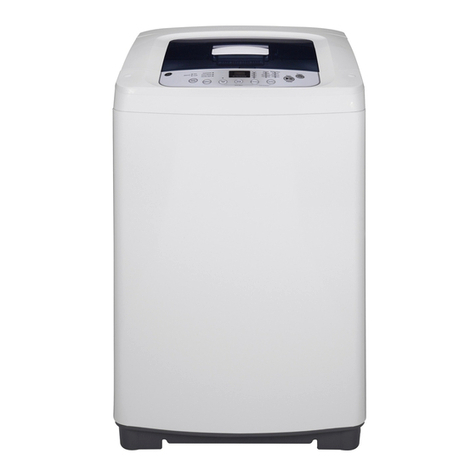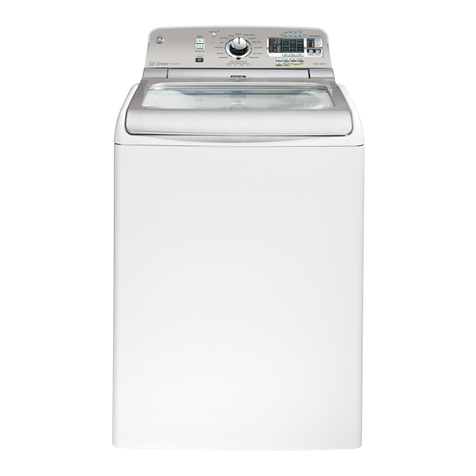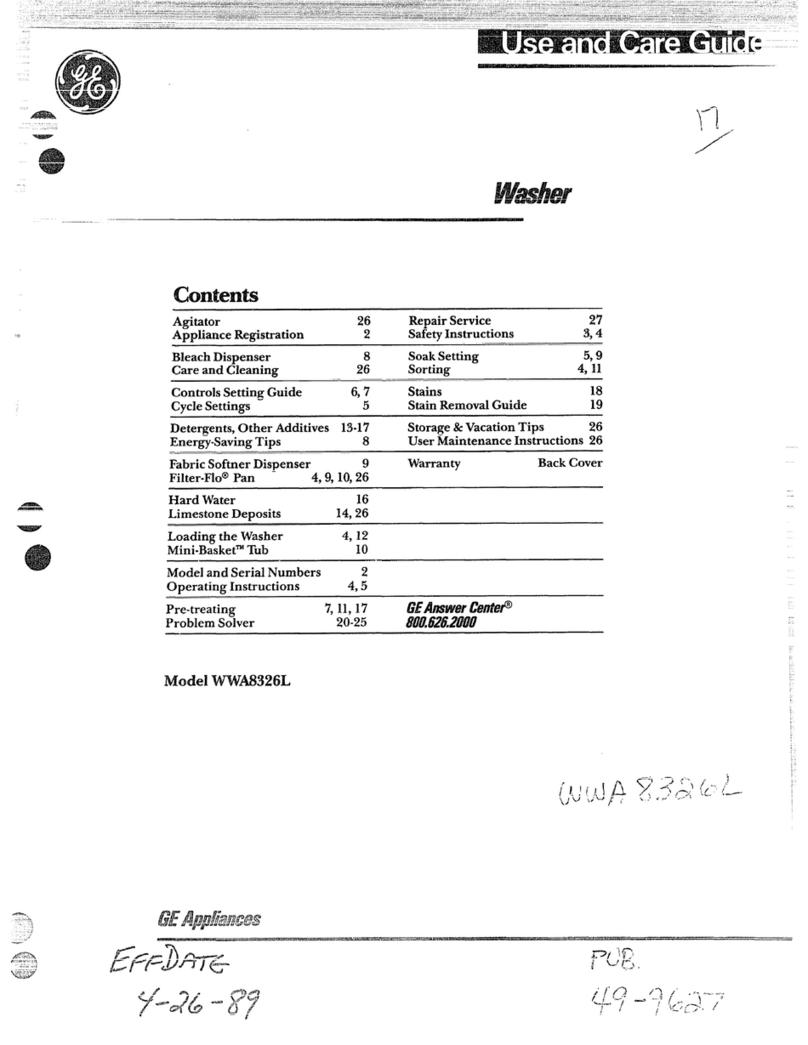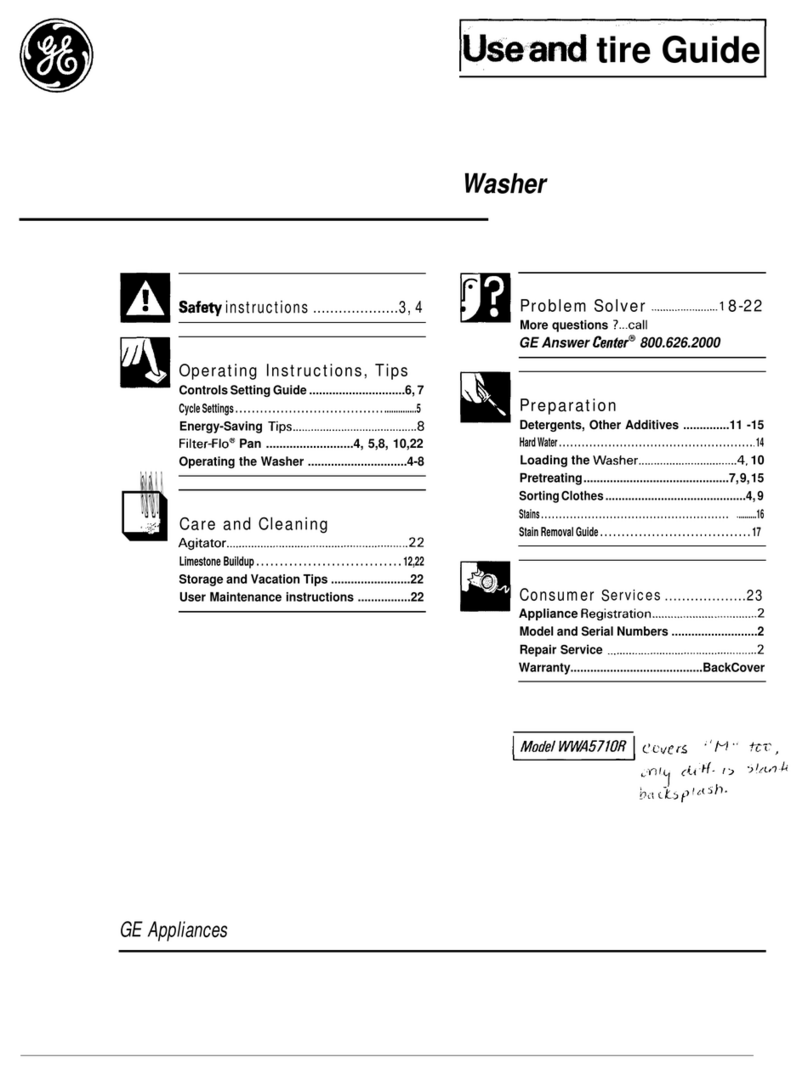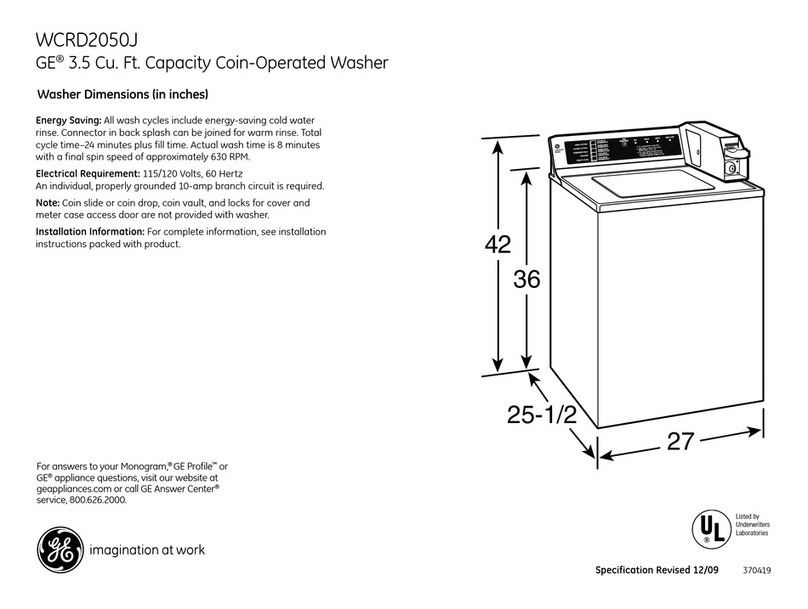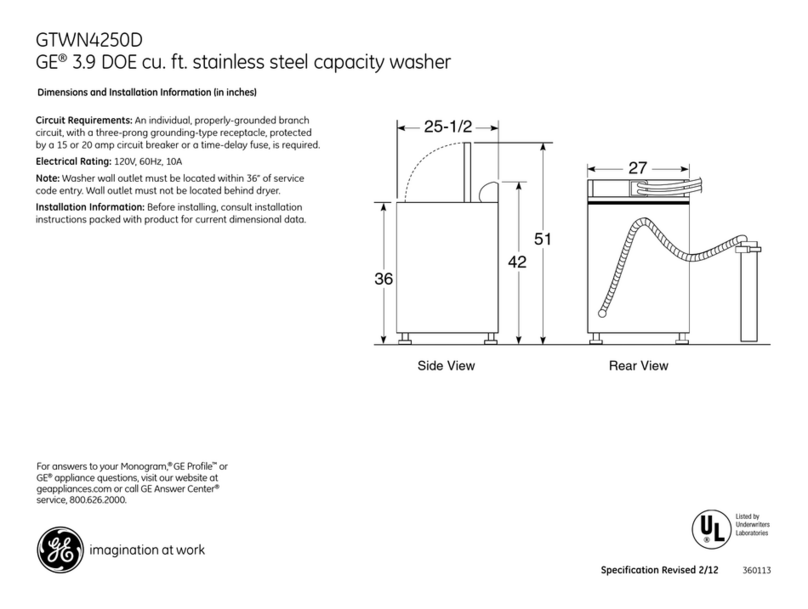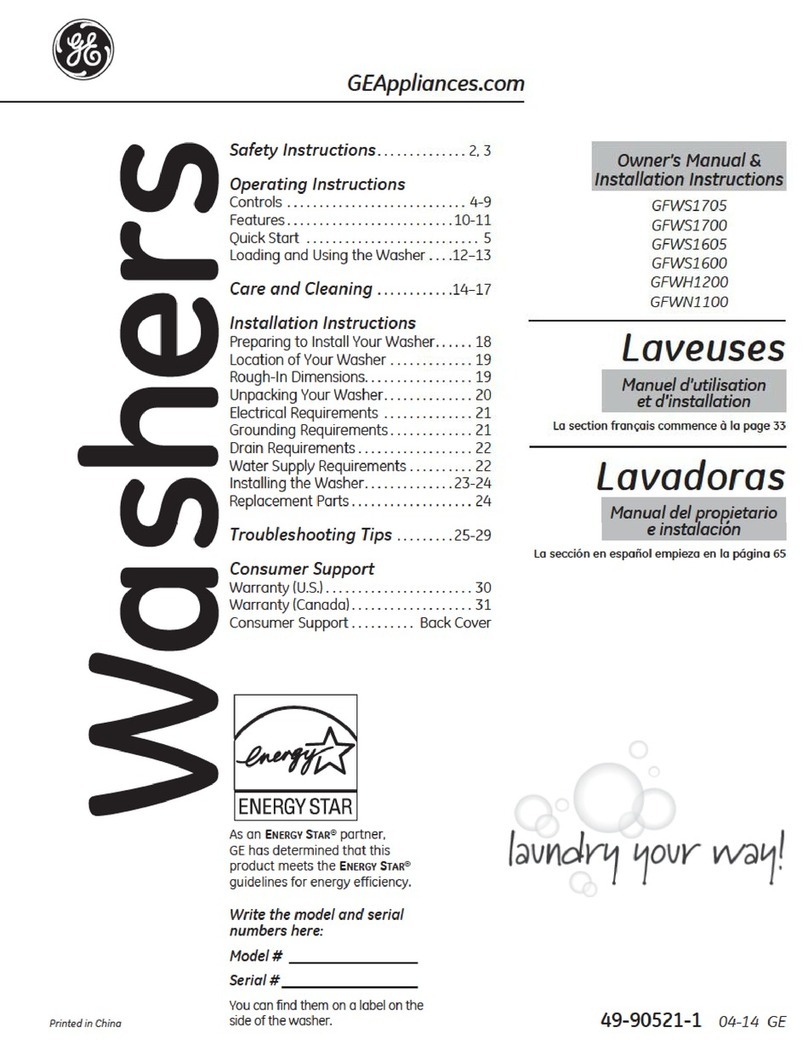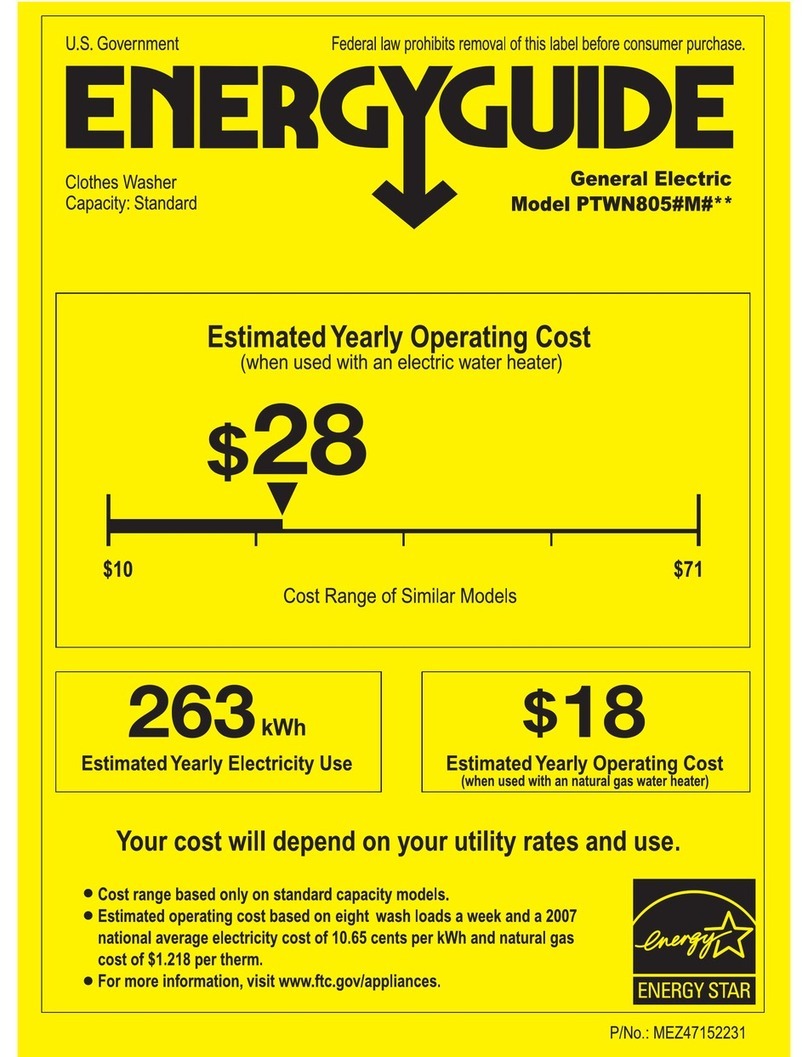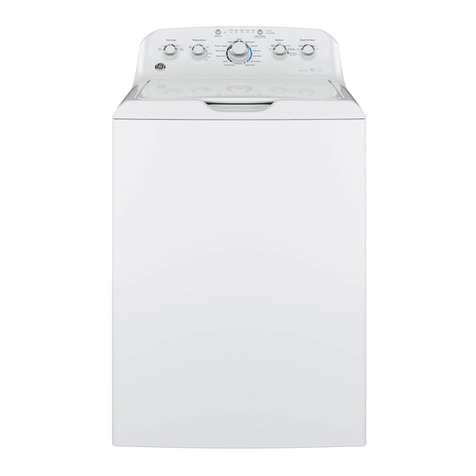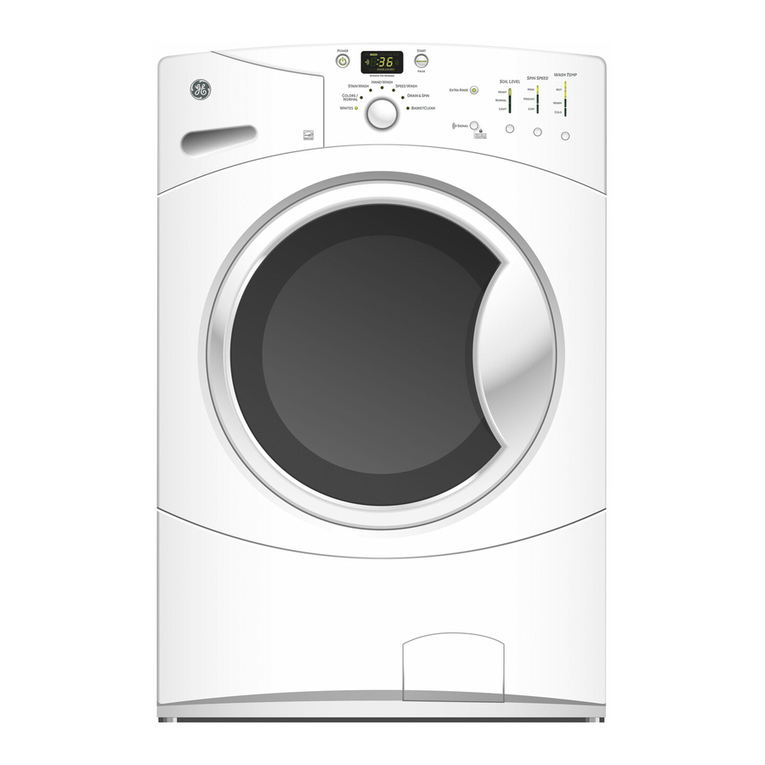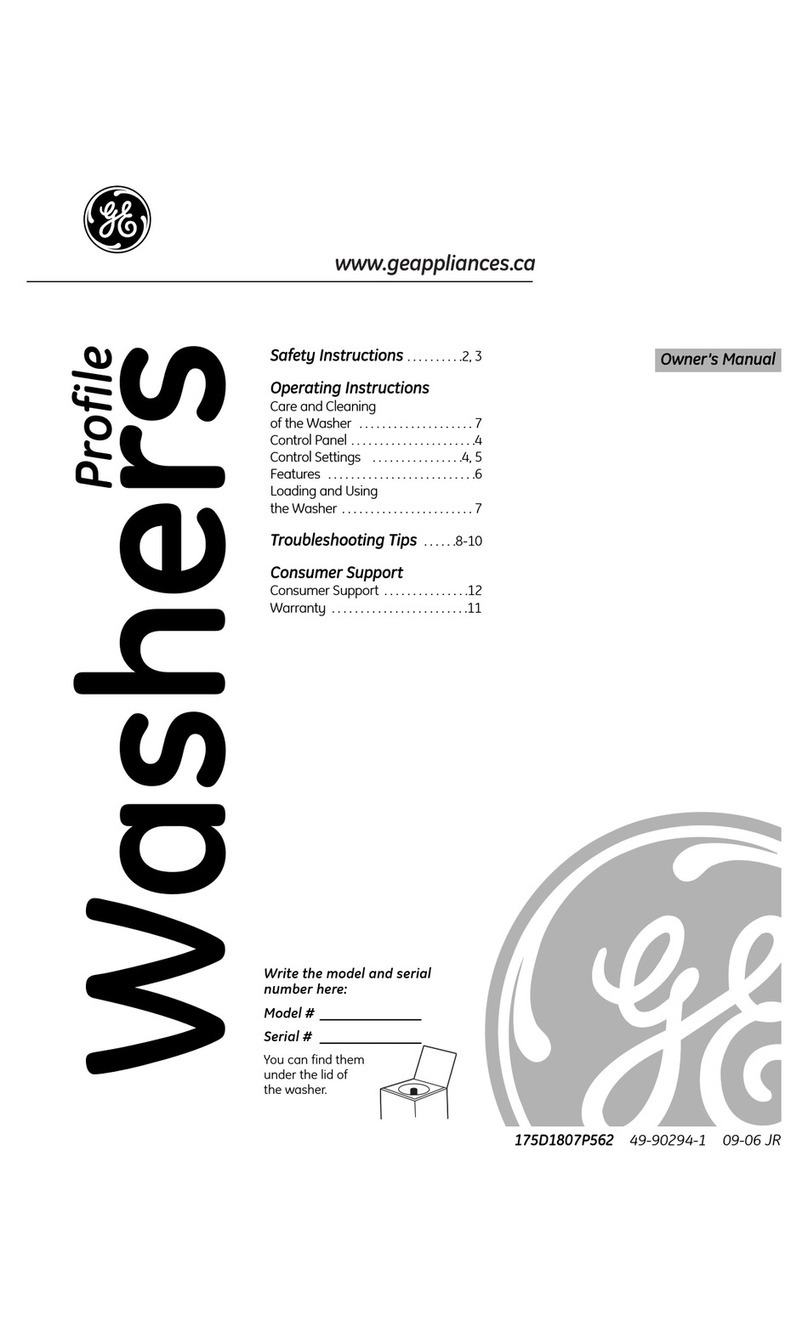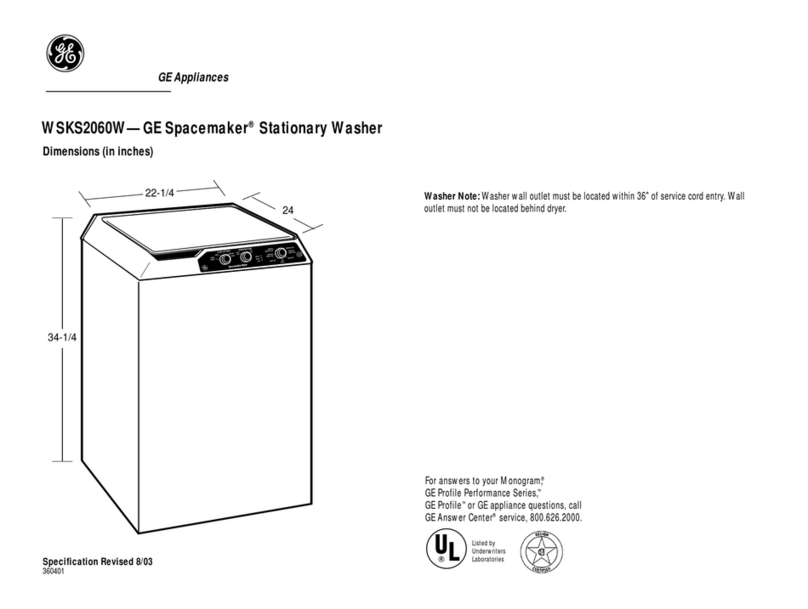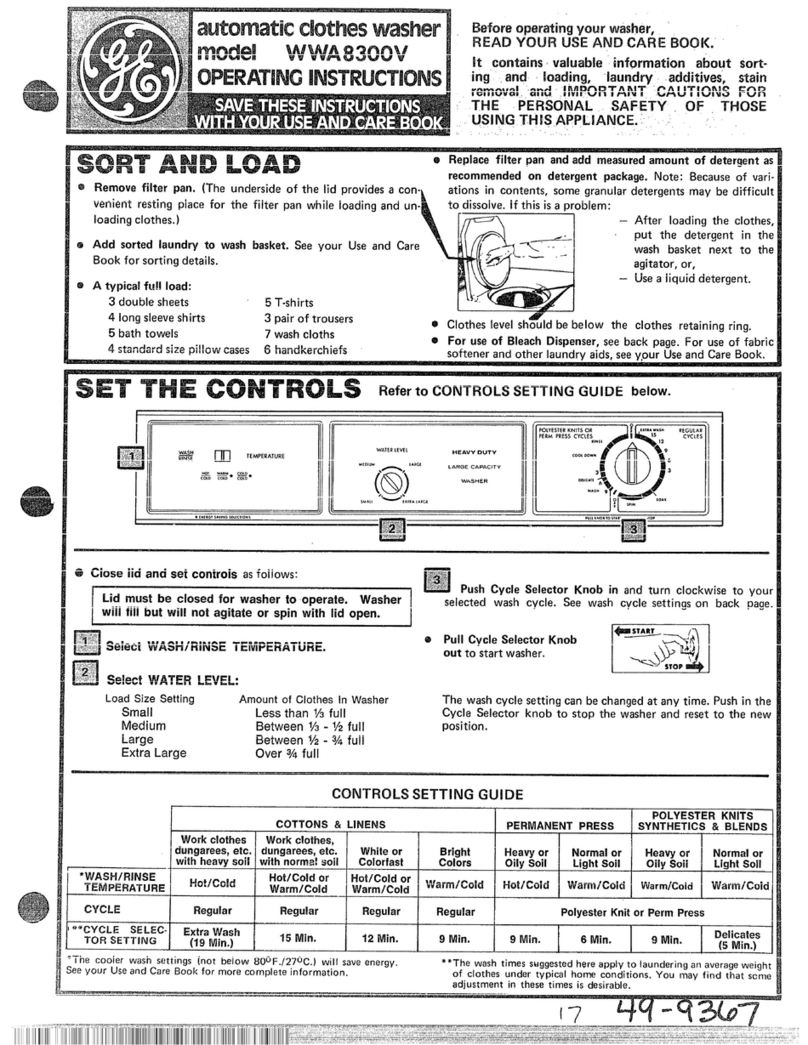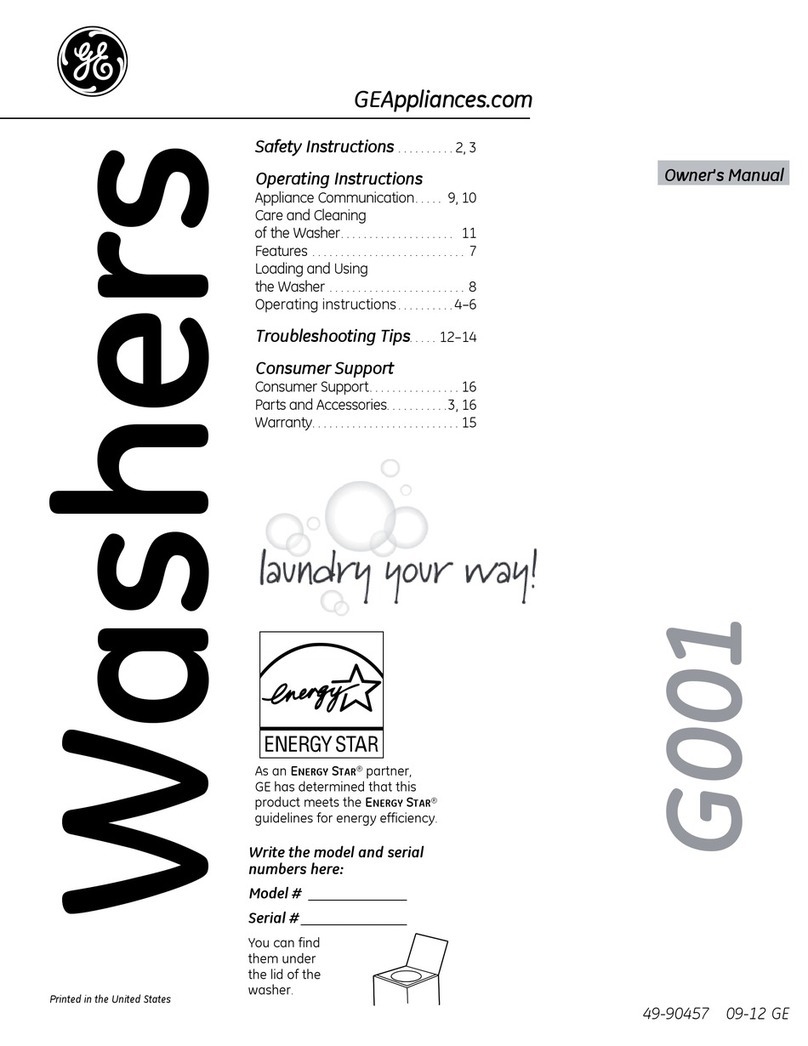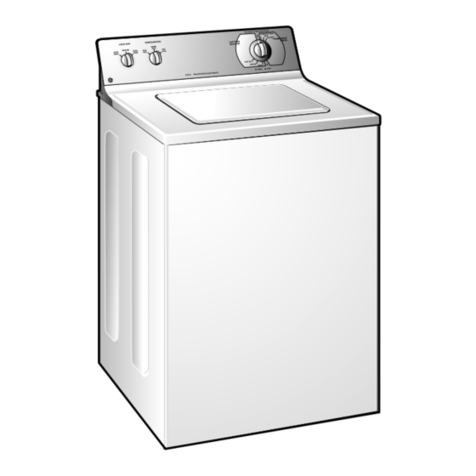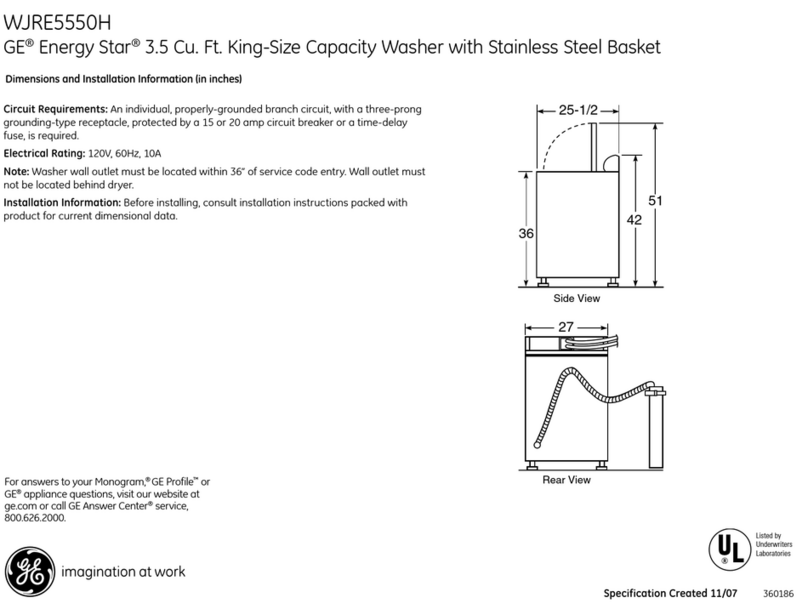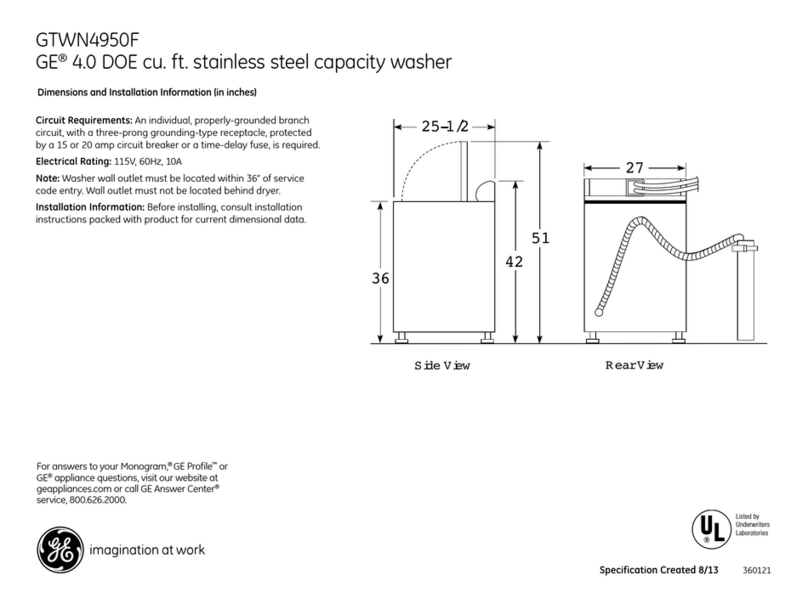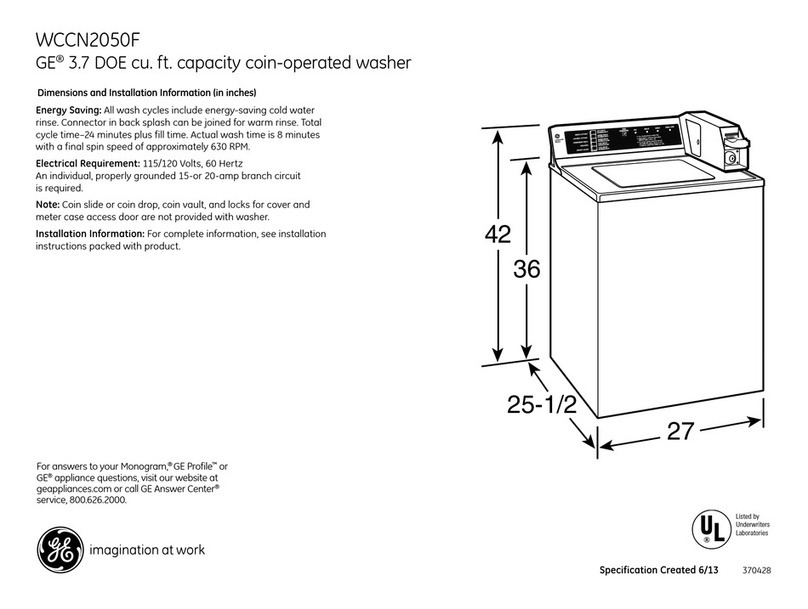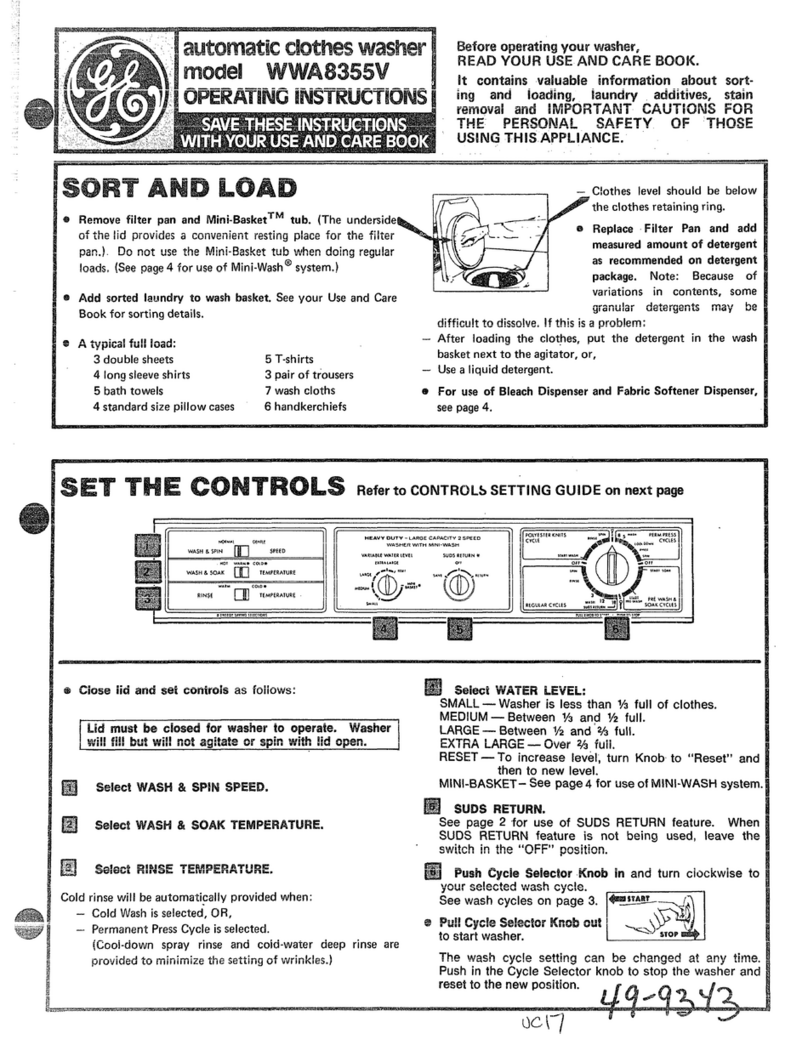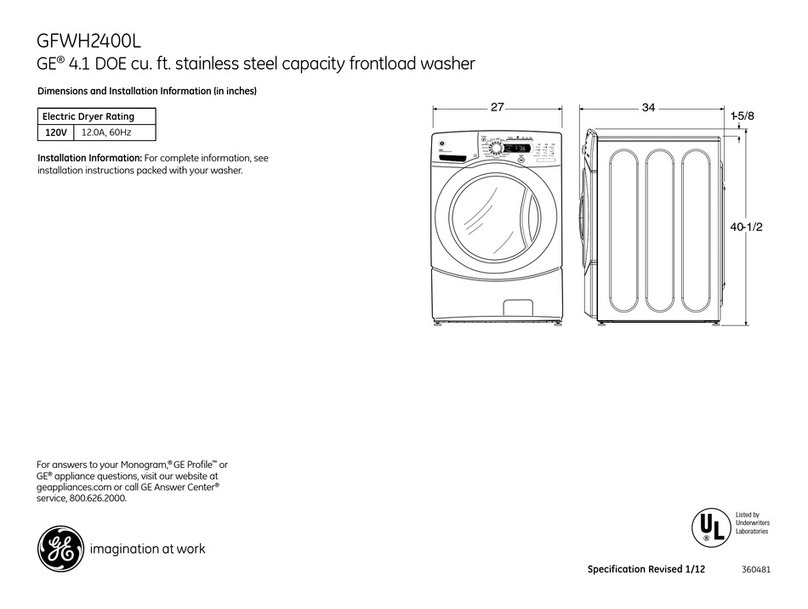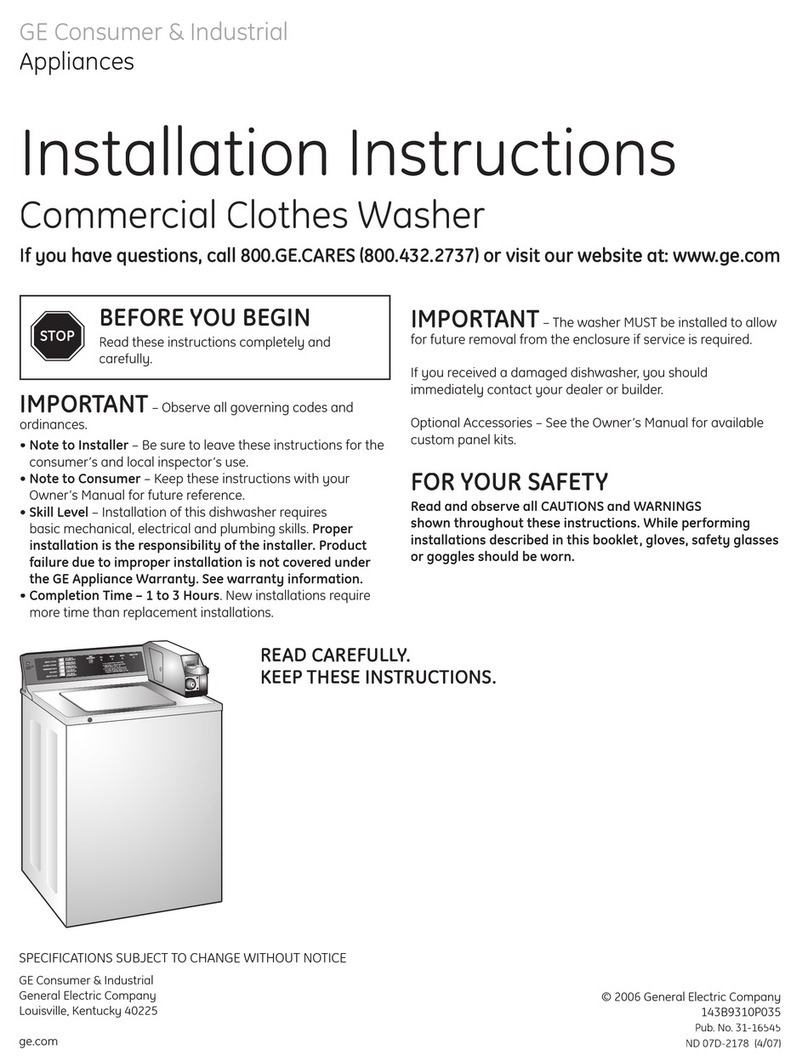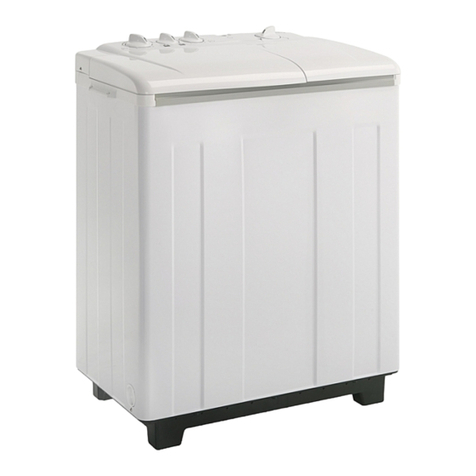
3
SAFETY NOTICE....................................................................................................................................... 2
QUICK REFERENCE SHEET .................................................................................................................. 5
Nomenclature location .................................................................................................................. 5
Mini-manual location ..................................................................................................................... 5
Component resistance chart........................................................................................................ 6
Water fill height............................................................................................................................. 6
Electrical requirements ................................................................................................................. 6
Incoming water pressure.............................................................................................................. 6
Drain requirements........................................................................................................................ 6
Motor............................................................................................................................................... 6
Diagnostic test............................................................................................................................... 7
Operation speeds .......................................................................................................................... 8
Wiring Diagram.............................................................................................................................. 9
OPERATING INSTRUCTIONS ................................................................................................................. 10
About the washer control panel ................................................................................................. 10
About the washer features .......................................................................................................... 11
OPERATION ............................................................................................................................................... 12
Control ............................................................................................................................................ 12
Dispenser Drawer Reed Switch .................................................................................................. 12
Door Switch Assembly ................................................................................................................. 12
Pressure Switch ............................................................................................................................ 13
Water Inlet Valve Assembly ........................................................................................................ 14
Valve Operation ............................................................................................................................. 14
Water Temperature........................................................................................................................ 15
Automatic Dispenser ..................................................................................................................... 16
Drain Pump.................................................................................................................................... 20
Inverter ........................................................................................................................................... 21
Motor............................................................................................................................................... 21
CONSTRUCTION.......................................................................................................................................... 22
Cabinet ........................................................................................................................................... 22
Front Panel and Door Assembly...................................................................................................22
Bellows ........................................................................................................................................... 22
Outer Tub Assembly....................................................................................................................... 22
Spin Basket Assembly ................................................................................................................... 22
TROUBLESHOOTING .................................................................................................................................. 23
Consumer error code chart........................................................................................................... 57
Failure code chart ......................................................................................................................... 24
Tests ................................................................................................................................................ 25
Jacks and plugs ............................................................................................................................. 27
TEARDOWN ................................................................................................................................................. 28
Removing the detergent drawer .................................................................................................. 28
Detergent drawer disassembly ..................................................................................................... 28
Removing door strike .................................................................................................................... 29
Removing the loading door handle ............................................................................................. 29
Removing loading door ................................................................................................................ 29
Disassembling the door................................................................................................................. 30
Removing door hinges .................................................................................................................. 30
Releasing the bellows from the front panel ................................................................................ 31
Removing the door safety switch .................................................................................................31
Removing the lower front access panel ...................................................................................... 32
Removing the drain pump ............................................................................................................ 32
Disassembling the drain pump ..................................................................................................... 33
Removing the top panel................................................................................................................ 33
Removing the pressure switch ..................................................................................................... 34
Releasing the console................................................................................................................... 34
Removing the water temperature selector knob ........................................................................ 35
Removing the console................................................................................................................... 35
